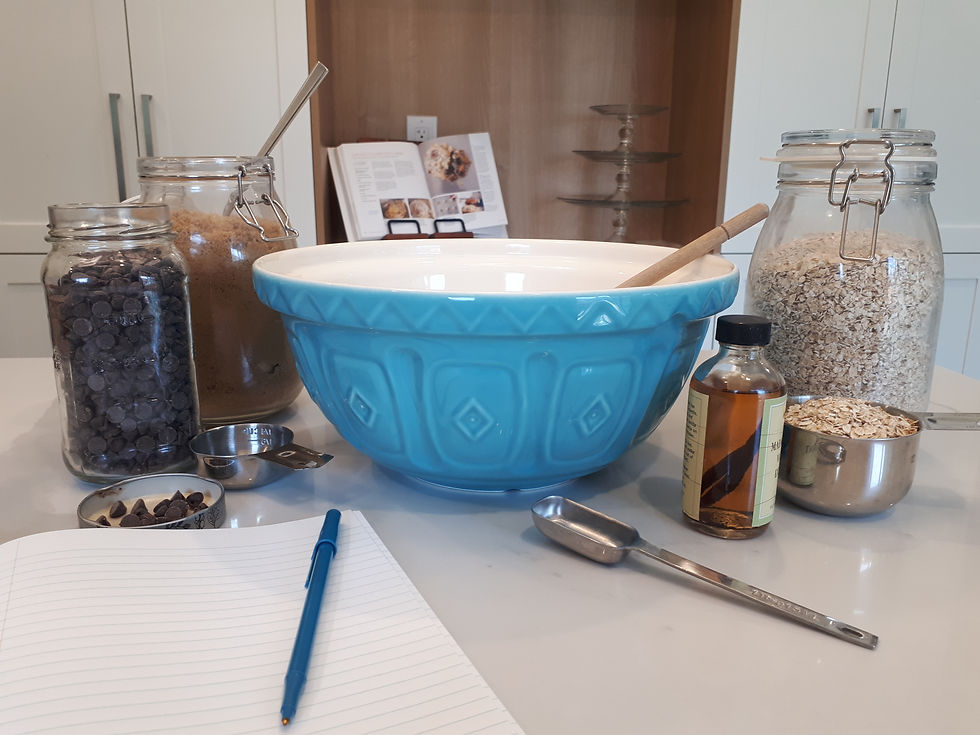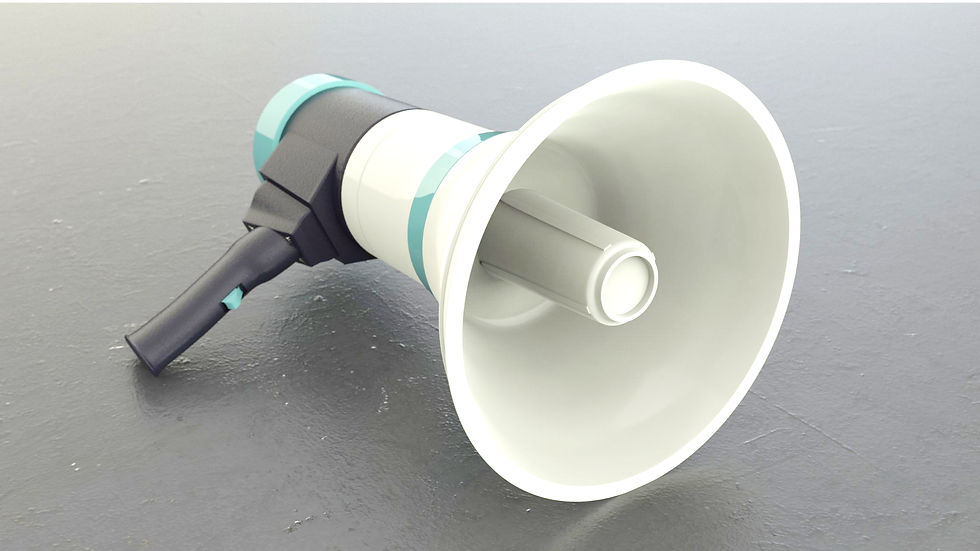What Makes a Recipe Complete?
- Adrienne

- Jul 19, 2023
- 4 min read
Updated: Sep 22
The 5 key elements needed for any well-written recipe.

You have the ingredients and you know what to do with them–can you write a recipe?
Yes, of course you can! But you need to add a few more things before calling it complete.
It may not seem like it, but recipes today have so much more information included in them that we, as readers and as cooks, have come to expect. I’m not talking about your life story leading up to your decision to blog about the optimal way to stack s'mores–although I have to admit I'm intrigued–but instead, I mean the little details that are often passed over at first read but are oh-so-important when choosing between this recipe and that one.
Element #1 - Recipe Title
This is where you brand your recipe. The title may show up in a cookbook’s index, in a magazine’s table of contents, or in an endless list of search results so make good use of these few words. After determining what your basic recipe consists of, decide what makes it unique and appealing and try to incorporate that into your title. Is it Hannah’s Heirloom Tomato Soup? 15-Minute Tomato & Vegetable Soup? Winter Warm-up Tomato and Turmeric Soup? For recipes being posted online, these few words are important not only for search engine optimization but also for readers who are deciding whether to click or to scroll past.
Element #2 - Yield or Servings
This is usually no more than a single line that lets readers see at a glance how much they can expect to have at the end of the recipe. Depending on the dish, it may be measured in units, like one dozen cookies or one 8-inch round cake, or in the number of servings. When using the latter, be sure to include your measure of what a serving will look like. A rice dish, for example, could yield four 1-cup servings as main course or eight ½-cup servings as a side dish.
Element #3 - Headnote or Introduction
After the title, this is your next chance to be creative and really sell your recipe to your readers. Yes, you can write about your personal connection to the dish, but you can also add meaning to the title you chose or explain what a specific ingredient or cooking technique brings to the finished product. If cilantro, divisive as it may be, is crucial to the unique taste of your soup then now is the time to tell your readers what they’d be missing without it.
"A recipe has no soul. You, as the cook, must bring soul to the recipe." ~Thomas Keller
The length of this section is often limited by available space and may be only a few lines in a cookbook or magazine layout, while a food blog allows more freedom.
Element #4 - Ingredient List
This list serves several roles for the reader and as such, must be treated with care. First, it provides all the items that will be used for the recipe, including specific non-food items that may be necessary like cooking twine or parchment paper. Next, the ingredients are listed in order of use, giving users a second place to follow along so nothing is missed as items are incorporated into the dish. Key preparation instructions may also be noted here, reducing the length of the recipe overall. And finally, the list can serve as a shopping list for readers as they plan their meals. An error in this section can be frustrating for many reasons.
Element #5 - Method or Instructions
The method provides readers with the steps needed to prepare your dish and there are conventional ways of explaining things in recipes both for space and clarity. Details that have been mentioned earlier in the recipe, like measurements or very specific ingredient names, are often omitted here. While this can make the instructions quite bland, there are ways you can infuse a bit of your own voice into the writing. An on-screen chef’s personality is one of the reasons we watch The Food Network despite never having a chance to taste the food they are raving about. Your writing can do the same if the information is useful and reliable at its core. Part of an editor’s role is to ensure that the way you have written your instructions is clear, concise, and correct while maintaining your unique writer’s voice.
Work with an editor
Take a look through some of your favourite cookbooks or food blogs and compare similar recipes. They may be arranged in a slightly different order with other sections may be added but these 5 elements are sure to be included in any complete recipe. Compare your own recipes to ones that you enjoy using and see if they have all the same components.
If you have any questions about writing a complete recipe or are ready to work with an editor, contact me and I'd be happy to discuss your project.



